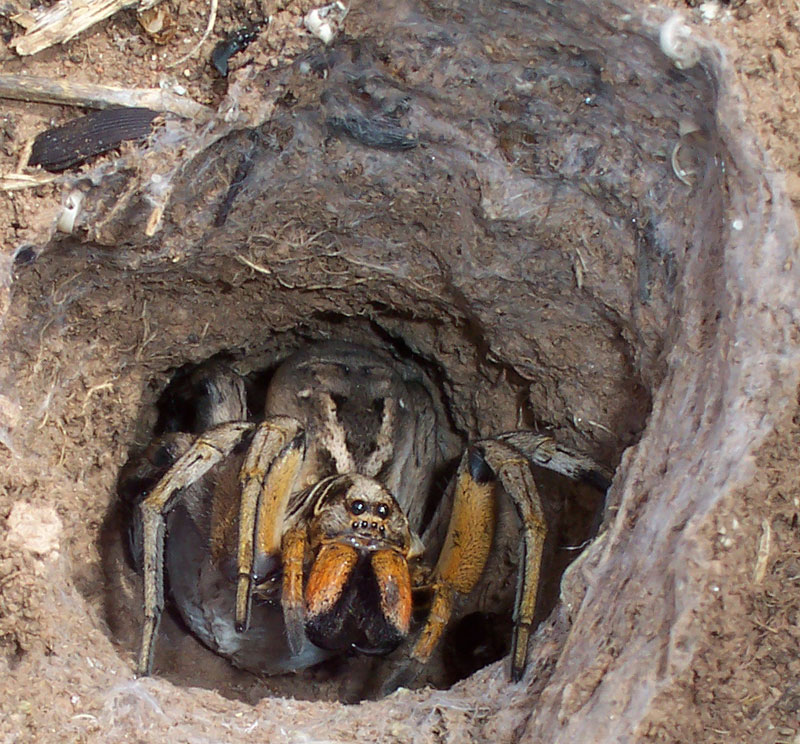In the shadowy depths of rainforest floors, something extraordinary happens every night. While you’re sleeping soundly in your bed, tiny frogs no bigger than your thumbnail are standing guard over spider eggs like miniature security guards. This isn’t some fairy tale – it’s one of nature’s most surprising partnerships, where two creatures that should theoretically have nothing in common have formed an alliance that benefits them both.
The Unlikely Partnership That Shocked Scientists
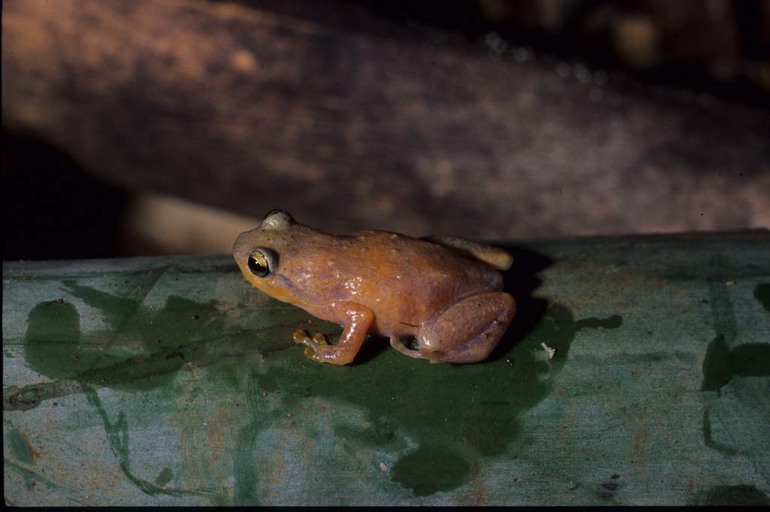
When researchers first discovered tiny microhylid frogs living inside the burrows of Uruguayan wolf spiders, they assumed it was just coincidence. After all, what business would a frog have with a spider? But closer observation revealed something that made even seasoned biologists do a double-take. These thumb-sized frogs weren’t just random squatters. They were actively protecting the spider’s precious egg sacs from threats that could wipe out an entire generation of spiderlings. The discovery turned everything we thought we knew about predator-prey relationships on its head.
Meet the Miniature Guardians
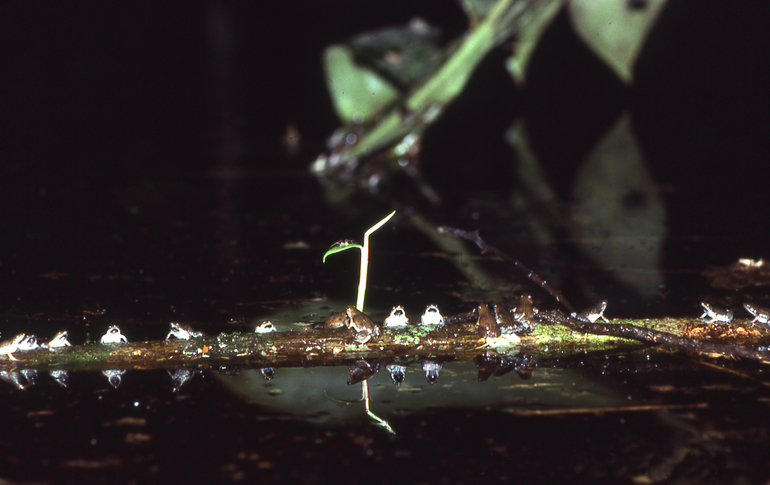
The stars of this incredible story are microhylid frogs, specifically species like Chiasmocleis ventrimaculata. These tiny amphibians measure just 12-15 millimeters in length – small enough to sit comfortably on a dime with room to spare. Their diminutive size isn’t a disadvantage; it’s their secret weapon. These frogs have evolved specialized features that make them perfect bodyguards. Their skin secretes mild toxins that deter many insects, and their lightning-fast reflexes allow them to snatch up threats before they can reach the vulnerable spider eggs. Think of them as nature’s own pest control specialists.
The Spider’s Side of the Story
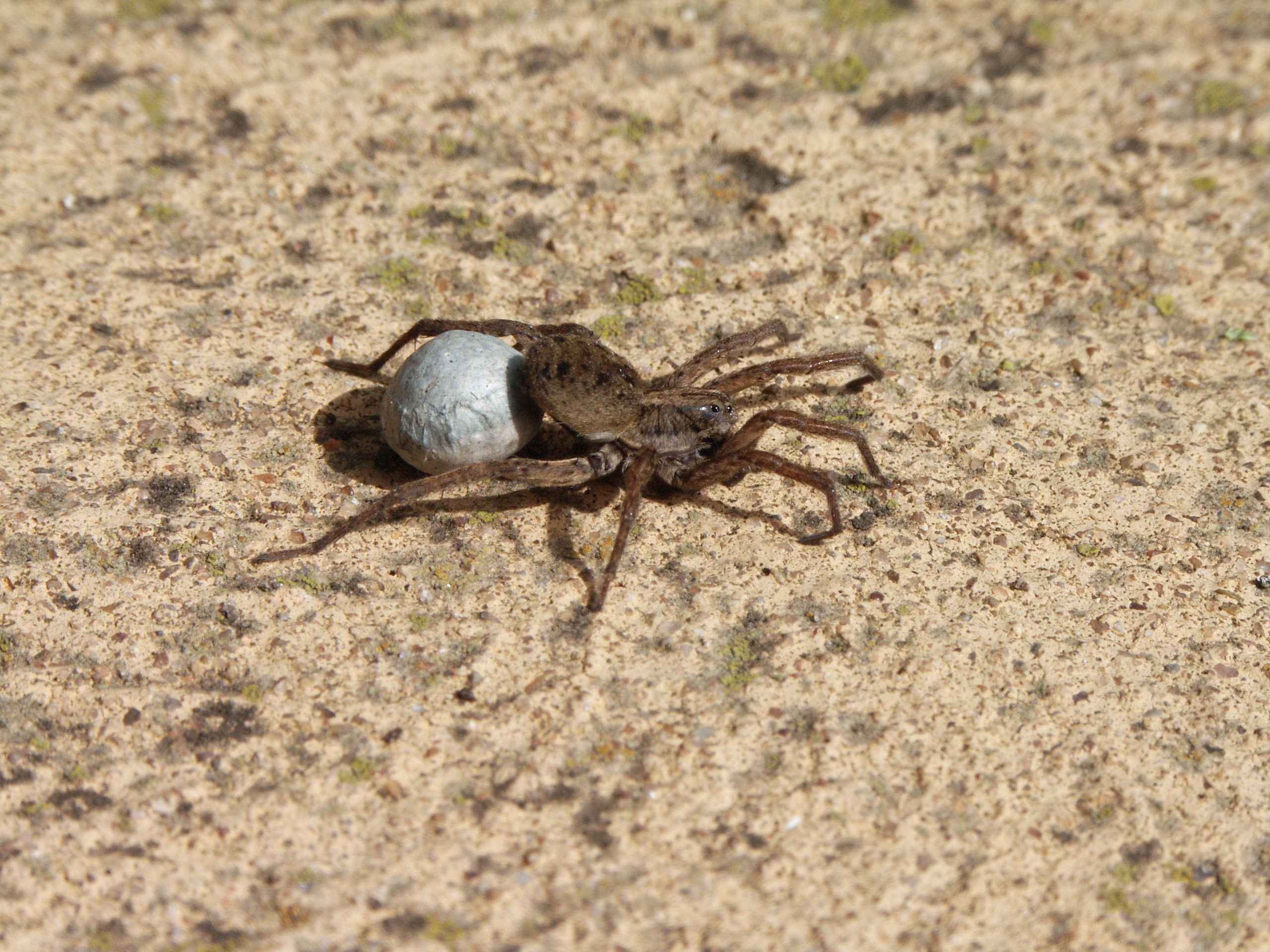
Uruguayan wolf spiders (Lycosa uruguayensis) are formidable hunters in their own right, but even they face a critical vulnerability period. When females lay their eggs and begin the weeks-long process of guarding them, they become sitting ducks for specialized egg parasites and predators. These spiders create silk-lined burrows in sandy soil, perfect nurseries for their developing offspring. However, the very features that make these burrows ideal for baby spiders also attract unwanted visitors. The warm, humid environment becomes a target for flies, ants, and other insects that would love nothing more than to feast on nutritious spider eggs.
The Pest Problem That Plagued Spider Mothers

Before scientists understood the frog-spider partnership, they noticed something puzzling. Spider eggs in certain areas had remarkably higher survival rates than others, with some locations showing almost complete protection from parasitic flies and predatory ants. The mystery deepened when researchers realized the difference wasn’t environmental – it was biological. Parasitic flies pose the greatest threat to spider eggs, laying their own eggs directly on or near the spider’s egg sacs. When fly larvae hatch, they tunnel into the spider eggs, devouring the developing spiderlings from the inside out. It’s nature’s version of a horror movie, and without intervention, entire clutches can be lost.
How Frogs Became Professional Egg Protectors

The partnership works like a well-oiled security system. When a female spider detects the presence of a tiny frog near her burrow, she doesn’t attack or chase it away. Instead, she allows the frog to take up residence, essentially hiring a live-in bodyguard for her eggs. The frog positions itself strategically within the burrow, often sitting directly on or near the egg sac. When parasitic flies or other threats approach, the frog springs into action with remarkable speed and precision. Its sticky tongue can snatch insects out of the air before they have a chance to lay their eggs or cause damage.
The Dining Arrangement That Benefits Everyone
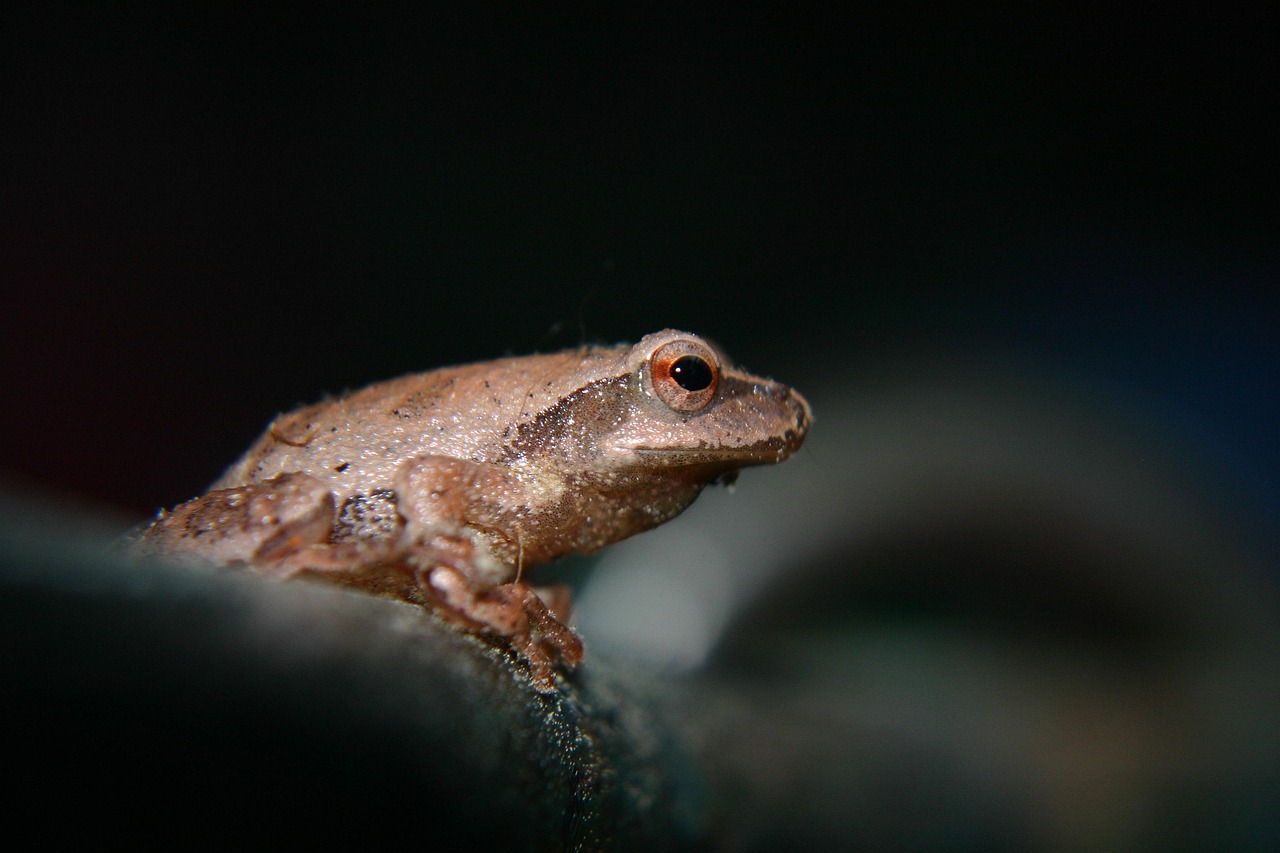
This isn’t a one-sided protection racket. The frogs receive significant benefits from their spider partnerships, primarily in the form of an all-you-can-eat buffet. The spider’s burrow attracts numerous small insects, providing the frog with a steady stream of prey without the energy expenditure of hunting. The humid microclimate inside the burrow also provides ideal conditions for the frog’s sensitive skin. Unlike many amphibians that must constantly seek moisture, these burrow-dwelling frogs enjoy perfect humidity levels while simultaneously earning their keep as pest controllers.
The Science Behind the Symbiosis
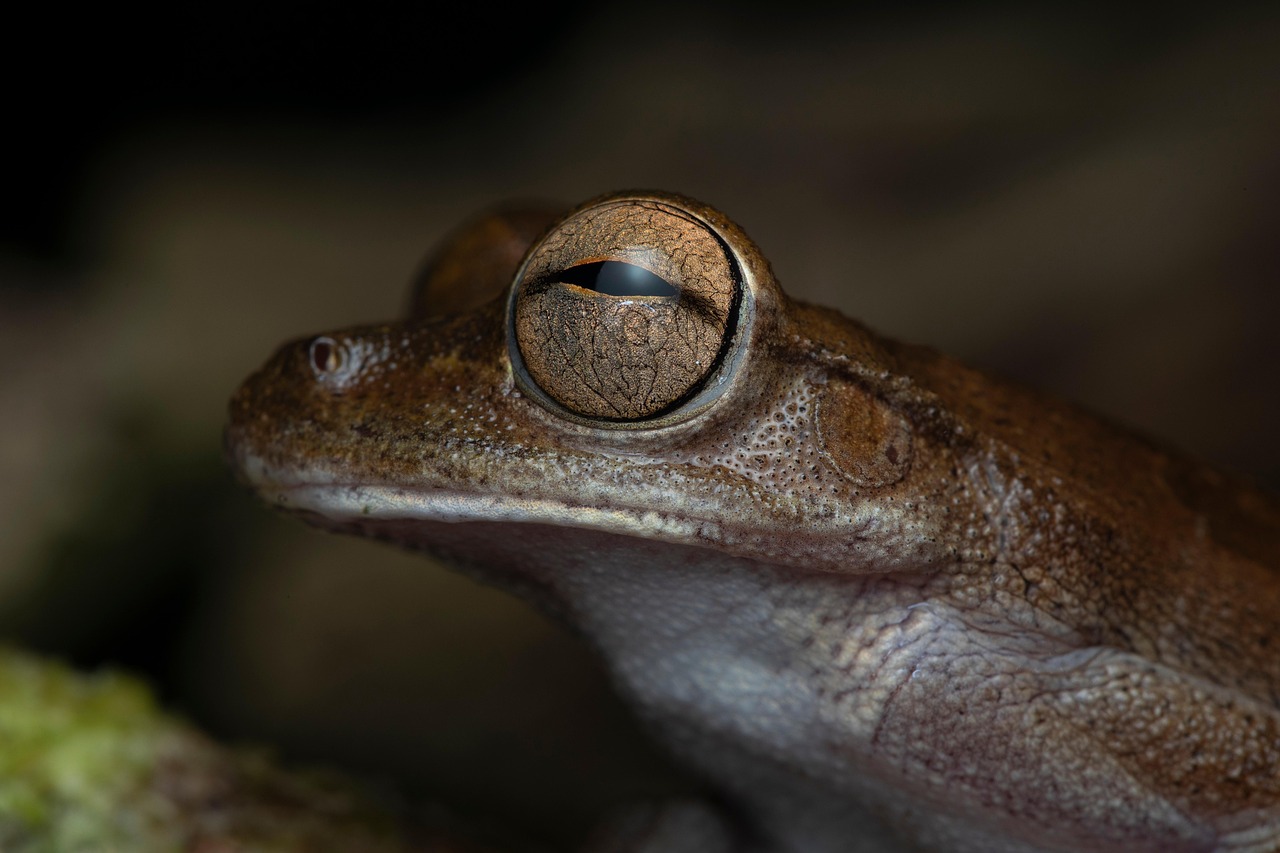
Researchers have documented this relationship across multiple species and geographic locations, suggesting it’s not just a random occurrence but an evolved behavior. The partnership appears to be facultative, meaning both species can survive without each other, but their survival and reproductive success improve dramatically when they work together. Studies have shown that spider egg sacs protected by frogs have survival rates up to 70% higher than unprotected clutches. Meanwhile, frogs living in spider burrows show improved body condition and reproductive output compared to their free-living counterparts. It’s a win-win situation that evolution has fine-tuned over thousands of years.
Communication in the Darkness
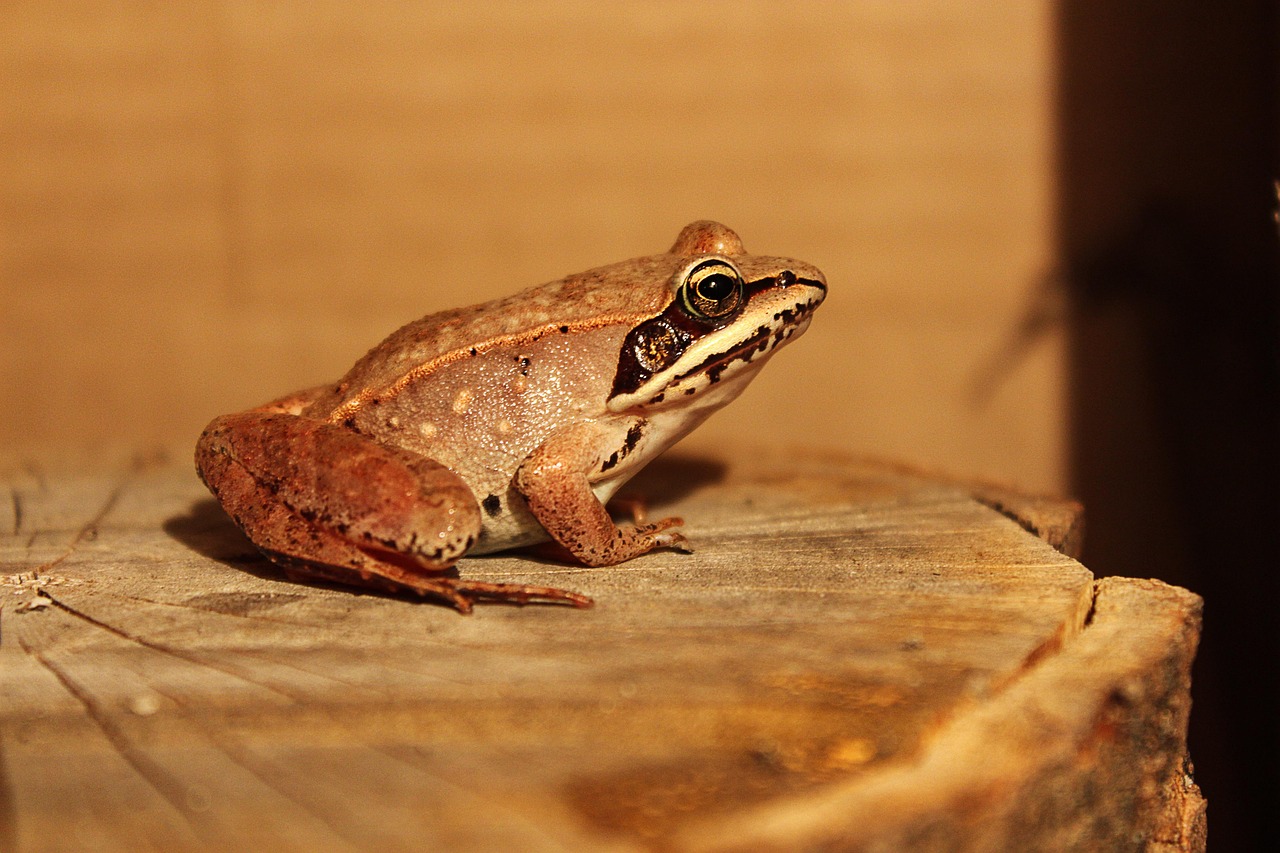
One of the most fascinating aspects of this partnership is how the two species communicate and coordinate their activities. Spiders are primarily tactile creatures, sensing vibrations through their sensitive leg hairs, while frogs rely more on chemical cues and visual signals. The partners appear to use a combination of chemical signals and behavioral cues to maintain their alliance. The frog’s skin secretions may actually help mask the scent of the spider eggs from potential predators, while the spider’s movements and posturing seem to signal the frog about potential threats approaching the burrow.
Timing is Everything in Nature’s Calendar
The partnership is precisely timed to coincide with the spider’s most vulnerable period. Female spiders typically begin accepting frog tenants just before or immediately after laying their eggs, when the risk of parasitism is highest. The frogs seem to instinctively know when to seek out spider burrows, often appearing just as the spiders are preparing their nurseries. This timing suggests a deep evolutionary understanding between the species. The frogs don’t waste energy protecting empty burrows, and the spiders don’t house freeloaders when protection isn’t needed. It’s nature’s version of a seasonal employment contract.
The Territorial Respect System
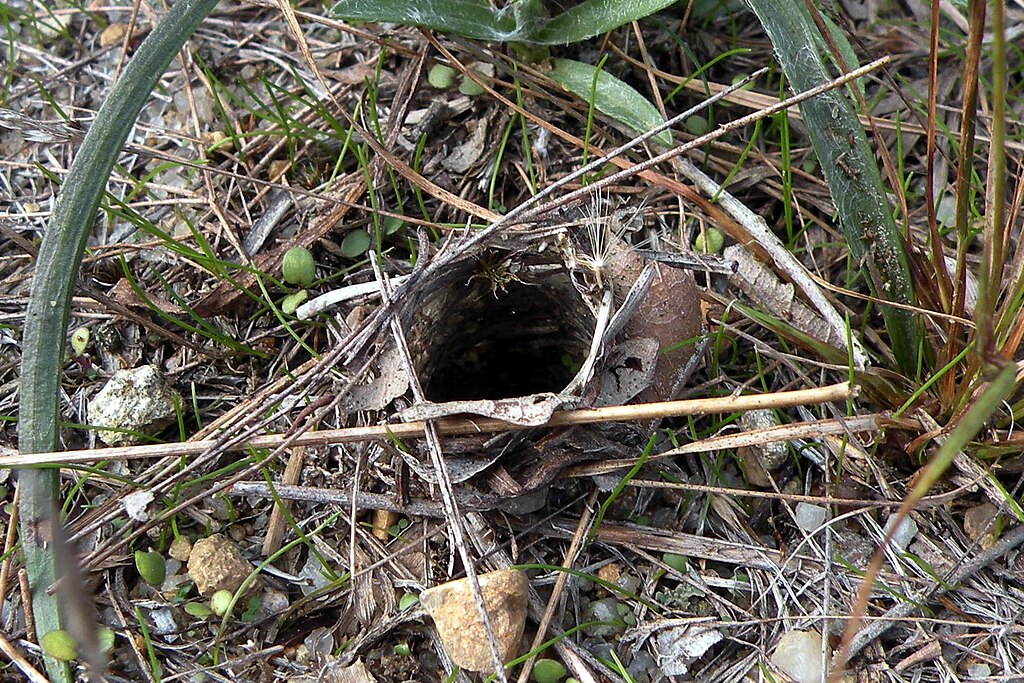
Despite their size difference, the relationship operates on mutual respect. The spider maintains ultimate control over the burrow but allows the frog significant freedom of movement. The frog, in turn, respects the spider’s space and doesn’t interfere with the spider’s hunting activities outside the burrow. This territorial arrangement prevents conflicts that could jeopardize both species’ survival. The spider continues its normal predatory behavior, while the frog focuses specifically on threats to the eggs. They’ve essentially divided labor in a way that maximizes benefits for both parties.
When Partnerships Go Wrong
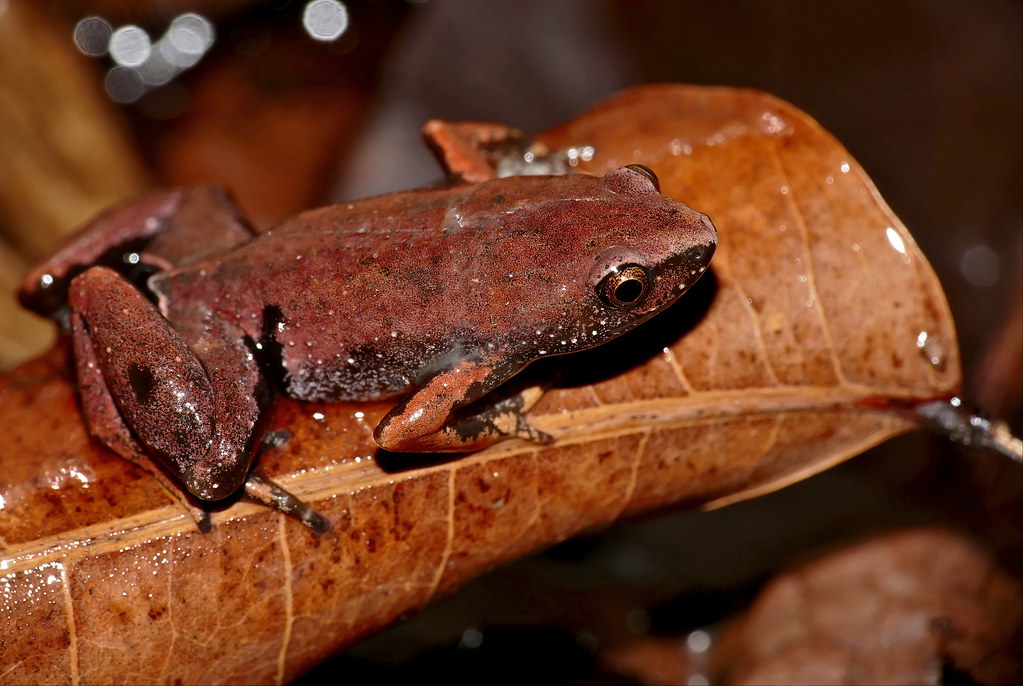
Not every frog-spider encounter results in a successful partnership. Some frogs are rejected by spiders, either because they’re too large for the burrow or because their behavior doesn’t align with the spider’s needs. Similarly, some frogs abandon spider burrows if the food supply isn’t adequate or if the spider becomes overly aggressive. These failed partnerships provide valuable insights into the specific requirements that make the relationship work. Successful partnerships seem to require precise size matching, compatible temperaments, and optimal timing. It’s like a dating app for completely different species, where compatibility is literally a matter of life and death.
The Ripple Effects on Ecosystem Balance
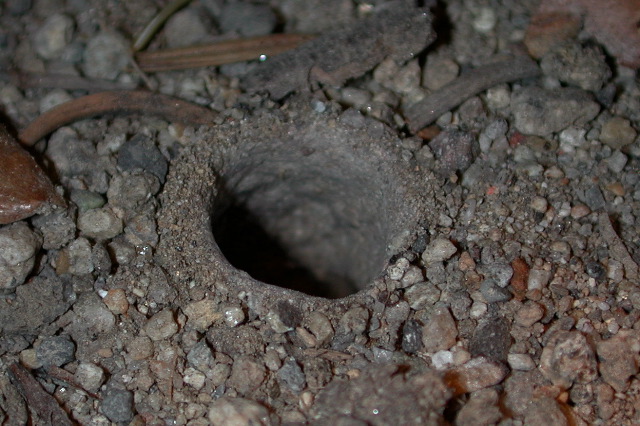
The frog-spider partnership has far-reaching effects on local ecosystems. By protecting spider eggs, the frogs help maintain healthy spider populations, which in turn control insect populations that might otherwise become pests. It’s a perfect example of how small interactions can have large-scale environmental impacts. The partnership also demonstrates the interconnectedness of ecosystems. Changes in frog populations due to habitat loss or climate change could have unexpected consequences for spider populations, which could then affect insect populations, and so on. Every link in the chain matters more than we might initially realize.
What This Means for Conservation
Understanding these intricate relationships is crucial for conservation efforts. Protecting one species without considering its partners could lead to unexpected ecological consequences. The frog-spider partnership highlights the importance of preserving entire ecosystems rather than focusing on individual species in isolation. Conservation programs that account for these partnerships are more likely to succeed in maintaining biodiversity. By protecting the habitats that support these relationships, we’re preserving not just individual species but the complex web of interactions that make ecosystems resilient and functional.
The Future of This Ancient Alliance
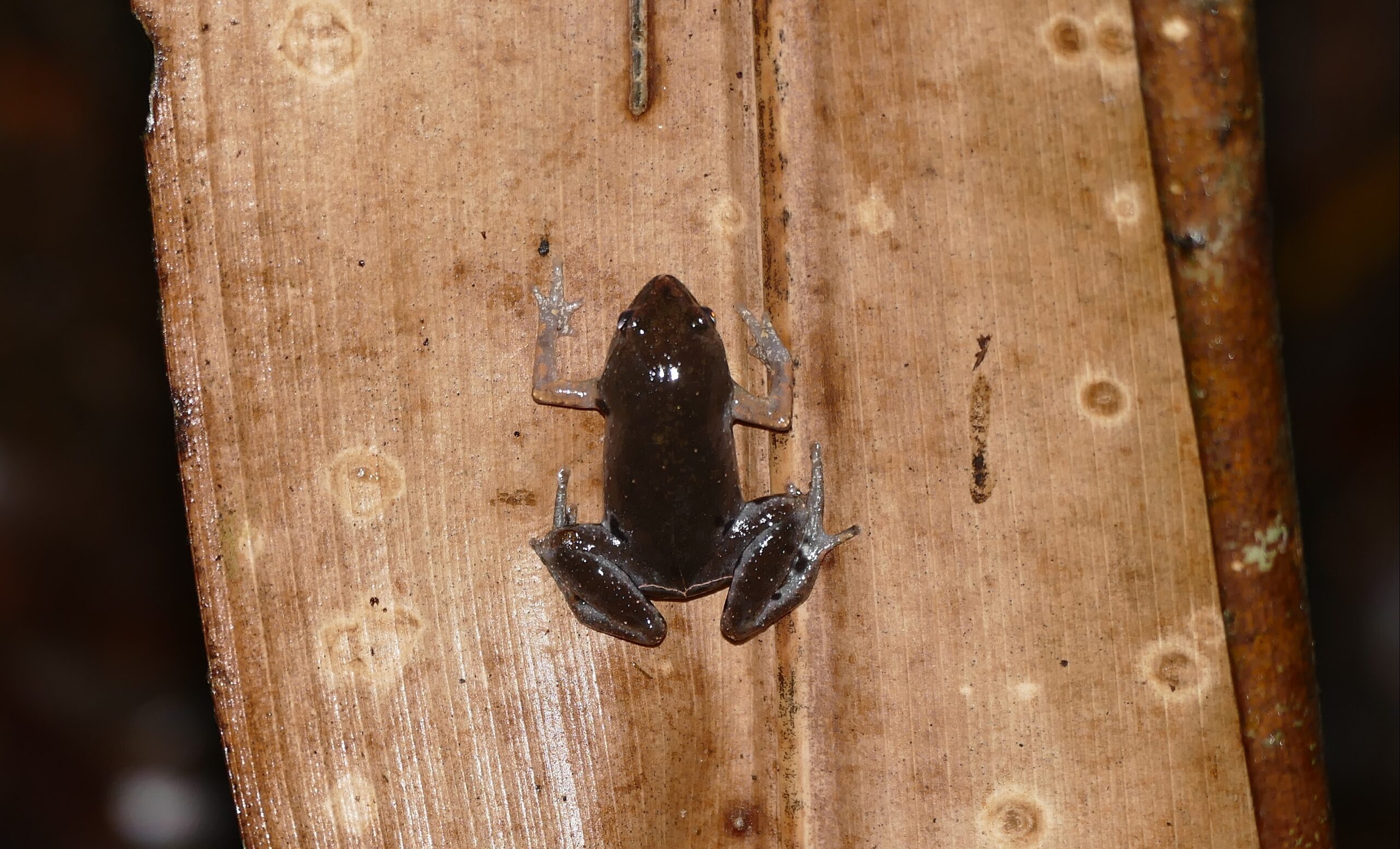
Climate change and habitat destruction pose significant threats to these delicate partnerships. As temperatures rise and rainfall patterns shift, the conditions that make spider burrows attractive to frogs may change. Urban development and agricultural expansion continue to fragment the habitats where these relationships flourish. However, the adaptability that allowed these partnerships to evolve in the first place may also help them survive future challenges. Scientists are working to better understand the specific environmental requirements needed to maintain these relationships, information that could be crucial for conservation efforts. The story of burrow buddies reminds us that nature’s solutions are often more creative and effective than anything we could design ourselves.
Conclusion
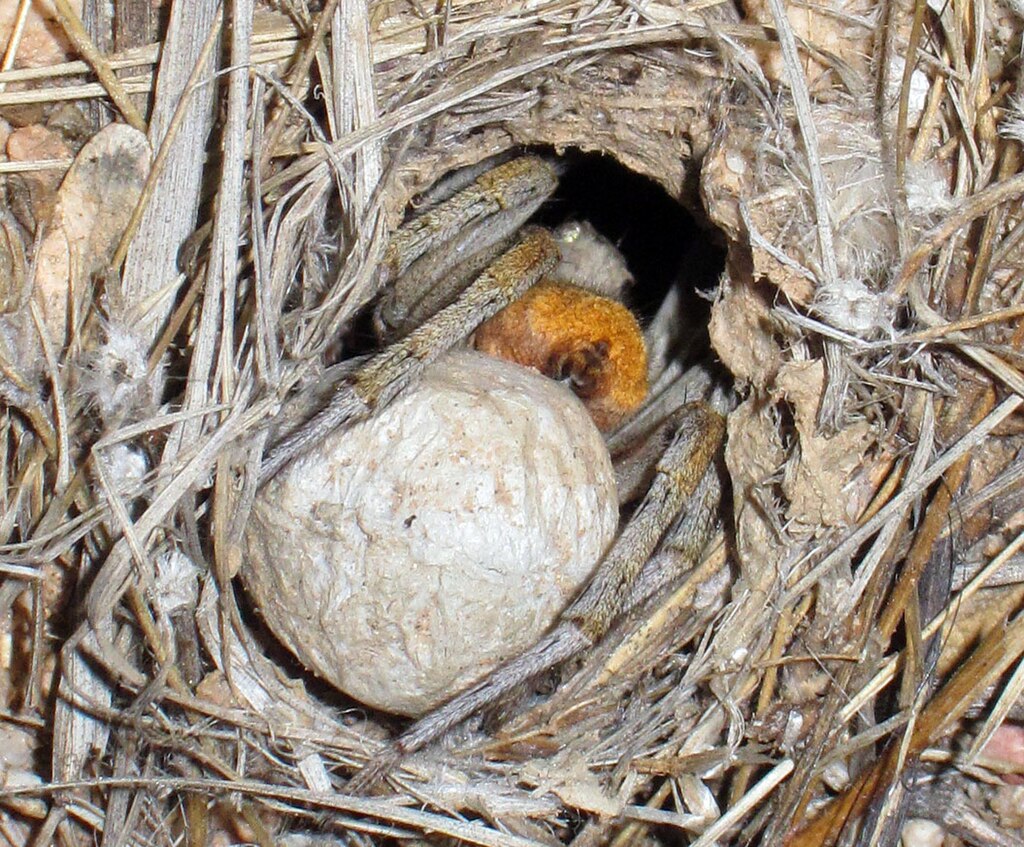
The partnership between tiny frogs and spider mothers reveals nature’s incredible ability to forge unexpected alliances for mutual benefit. These miniature guardians prove that size doesn’t determine importance in the natural world, and that cooperation can emerge in the most unlikely places. As we continue to uncover these hidden relationships, we gain a deeper appreciation for the complex web of life that surrounds us. What other surprising partnerships might be happening right under our noses?

